

- Save upto 75%*Lowest Bike Premiums
- 45 Lakh+Happy Customers
- Claim Support7 days a week
*TP price for less than 75cc two-wheeler. All savings/offers are provided by the Insurers which are subject to modification. Terms and conditions apply
Calculate your Two Wheeler IDV
Top Bike Insurance Plans
No Inspection Needed
Immediate Policy Issurance
No Inspection Needed
Immediate Policy Issurance
Why Is IDV In Two-Wheeler Insurance Important?
IDV is short for Insured Declared Value which refers to the maximum amount of claim that your insurer will pay in case your two wheeler is damaged beyond repair or is stolen. IDV plays a vital role in bike insurance and helps you to make an informed decision while purchasing a two-wheeler insurance policy. Note that lower the IDV, lower the premium you will be required to pay for your two-wheeler insurance policy. But the wise decision is to choose the IDV closest to your two-wheeler’s market value. This ensures fair compensation if you make a claim in case of theft or damage.
How to Calculate IDV in Two-Wheeler Insurance
IDV in bike insurance is calculated on the basis of market value of your two wheeler when the policy commences which keeps changing with time and depreciation is included while IDV is calculated. IDV is not calculated on the basis of the premium you pay for your bike insurance policy so it is advised to get an insurance policy for your two wheeler as soon as you purchase it to avail high IDV.
Rate of Depreciation on Two Wheelers
The following table shows how depreciation schedule of IDV in two-wheeler insurance:
Age Two-Wheeler |
Depreciation Percentage to Calculate IDV |
|
Two-wheeler not more than 6 months old |
5% |
|
More than 6 months, but not more than a year |
15% |
|
More than 1 year, but less than 2 years |
20% |
|
More than 2 years, but less than 3 years |
30% |
|
More than 3 years, but less than 3 years |
40% |
|
More than 4 years, but less than 2 years |
50% |
Note: IDV for vehicles more than 5 years is decided by mutual agreement between the insurance company and the insured.
Insured Declared Value for Two- Wheeler Above 5 Years Age and More
A two wheeler’s age is directly related to the rate of depreciation that will be calculated on the two wheeler. As the age of two wheeler increases, the rate of depreciation on the two wheeler also increases. In simple words, as the two wheeler’s age increases, it’s value decreases.
For a two wheeler that 5 is aged 5 years or above, its depreciation shall be calculated on the basis of the condition of its parts and serviceable condition. The Insured Declared Value gets adjusted accordingly in case different components are made using different materials, and the final value is determined as an overall average.
If the two-wheeler is aged above 5 years or is an obsolete model, then the last Insured Declared Value could be computed by a mutual consent between the policyholder and the insurance company.
There are certain insurance providers that take the help of surveyors to get to the right Insured Declared Value in insurance. This results in an extra cost that needs to be borne by the policyholder.
How a Bike’s IDV is Calculated in InsuranceDekho’s IDV Calculator?
InsuranceDekho's IDV (Insured Declared Value) Calculator is a tool designed to provide an estimated market value of your bike which in turn helps in determining the insurance premium. The process of calculating IDV through InsuranceDekho's IDV calculator for bike generally involves a few steps:
1. Visit the Website:
Navigate to the InsuranceDekho website and locate the IDV Calculator tool.
2. Enter Vehicle Details:
You will need to input details such as the make, model, variant, and registration year of your bike.
3. Provide Location Information:
Enter the city where your bike is registered as the location can affect the IDV.
4. Depreciation Calculation:
The IDV calculator for two wheeler applies a depreciation percentage to the manufacturer's listed selling price based on the age of your bike to arrive at the IDV. The depreciation rate increases as the vehicle gets older.
5. Display IDV:
The tool will then display the calculated IDV which represents the current market value of your bike.
6. Adjust IDV If Necessary:
Some two wheeler IDV calculator allow you to adjust the IDV within a certain range if you believe the calculated value does not reflect your bike's actual market value.
7. Review Insurance Quotes:
Once the IDV is calculated, you can proceed to review insurance quotes. The IDV will play a significant role in determining the premium amount for comprehensive and standalone own-damage insurance policies.
8. Consider Expert Advice:
If unsure about the IDV, you might want to consult with insurance experts or customer support to ensure the IDV is accurate and reasonable.
Using InsuranceDekho’s IDV Calculator can simplify the process of determining the insured declared value of your bike, which is crucial for deciding the insurance premium. This tool provides a quick, convenient, and straightforward way to calculate IDV, helping you make an informed decision when purchasing or renewing your bike insurance.
Factors Affecting IDV In Two Wheeler Insurance
There are some factors which affect the IDV of your bike. Listed below are some of those factors that affect the IDV of your two-wheeler:
- Age of two wheeler
- Make, model and variant of two wheeler
- Accessories added
- City of registration
- Fuel type
- Insurance policy term
What is the Importance of Insured Declared Value in Two-Wheeler Insurance?
IDV in bike insurance refers to the maximum claim amount that the insurance provider will pay you in case of total damage or theft of the two wheeler, so it is a very important aspect in bike insurance policy. IDV not only helps in determining the real value of your two wheeler but also helps in determining the premium amount that you will pay for a two wheeler insurance policy. Below mentioned are some reasons that justify why IDV in two wheeler insurance is an important aspect:
- Determines Right Value of the Two-Wheeler: Insured Declared Value helps in determining the right value of the two-wheeler. This is because its value depends on various factors like bike’s make, bike’s model, bike’s cc, registration city, etc. Henceforth, it is significant to state the correct Insured Declared Value.
- Two-Wheeler Insurance Premium: The premium you pay against your bike insurance plan is dependent on various factors including policy type, bike’s cc, make of the bike, model of the bike, claim history and importantly the Insured Declared Value.
- Claim Amount Dependent on IDV: In case of loss and damage to the insured vehicle, IDV is basically the highest amount that the policyholder can receive. To reduce the amount of premium, some individuals state incorrect IDV values. However, it is a disadvantage for them because as in the case of claim too, they would receive a lesser value, and that amount may not prove to be enough for your bike.
Difference Between IDV and Premium Rates
People often get confused between IDV and Premium. However, these two are related but different concepts. IDV refers to the market value of your bike, whereas premium is the amount which you pay to get your bike covered under an insurance plan.
Premium is directly proportional to IDV. If the premium rate in your two-wheeler insurance policy is low that means a lower IDV. Thus, people tend to believe, lower the IDV, the better it is. However, that’s not the case. A lower IDV is not beneficial because at the time of a claim settlement, it will result in a lower claim amount.
Now that you know how important it is to know the right IDV of your two-wheeler, you should also know that you can calculate it by using an IDV value calculator for bike online. IDV calculator is an online tool that determines the market value of your two-wheeler and also gives you an idea of the premium you will be required to pay to own the policy.
In case of any doubt or query related to IDV in two-wheeler insurance, you can get in touch with the customer care executives at InsuranceDekho.
What Happens in case I Opt For a Lower Insured Declared Value?
Let us take a look at what would happen if you would select a lower Insured Declared Value for your two-wheeler:
- The premium amount of your insurance plan would reduce.
- It would help you in saving money on your two-wheeler insurance plan.
- But, the sum insured of your insurance plan would get reduced.
- Thus, you would get lesser compensation in the event of total damage or loss of your insured bike.
What Happens in case I Opt For a Higher Insured Declared Value?
You can opt for a higher Insured Declared Value in your insurance quote and take advantage of the benefits that come with it. Let us take a look at what happens if your increase your two-wheeler's IDV:
- The sum insured under your two-wheeler insurance plan would go up.
- A higher sum insured can be of great help in the event of total loss or damage of your insured bike.
- However, the premium payable towards your bike insurance plan would also go up.
Calculate Your Bike Insurance Premium Online
Select your Two wheeler brand
- Hero
- Honda
- TVS
- Bajaj
- Yamaha
Which city is your Two wheeler registered in?
- Ahmedabad
- Bangalore
- Chandigarh
- Chennai
- Gurgaon
When did you buy your Two wheeler?
Two Wheeler Insurance Add-ons
Explore Two Wheeler Insurance
Learn about What is IDV in Bike Insurance?
IDV in Bike Insurance FAQ
-
-
-
-
Does the value of IDV decrease?
Yes, the IDV of your bike decreases with time due to wear and tear.
-
What is IDV in bike insurance?
Insured Declared Value or IDV in bike insurance represents the maximum amount that an insurance company agrees to pay the policyholder in case of theft or total loss of the insured bike. Insured Declared Value is a key factor in determining the bike insurance premium value.
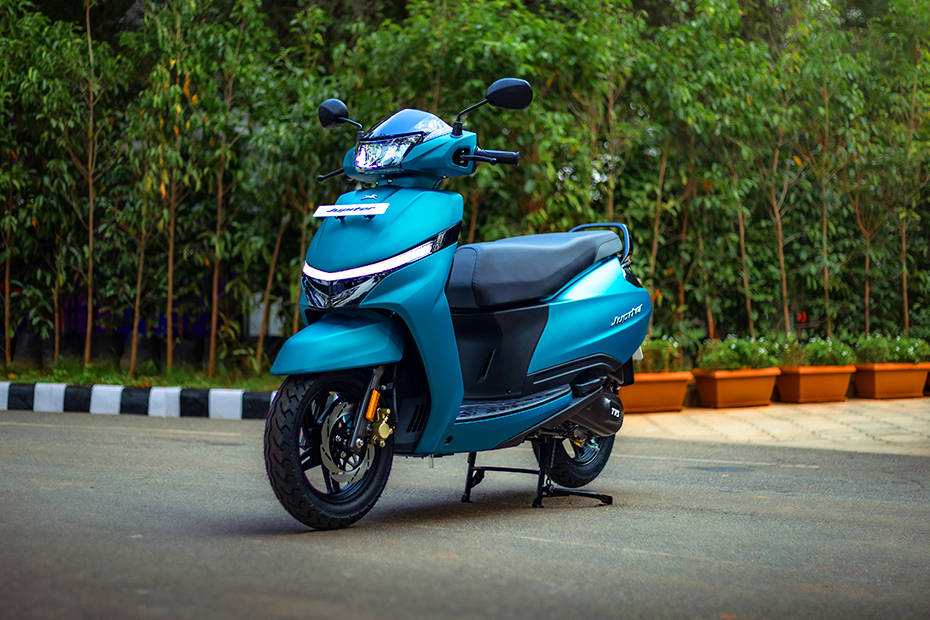

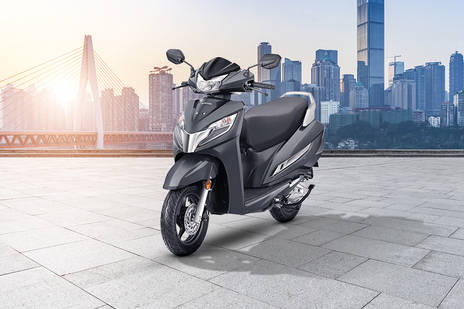
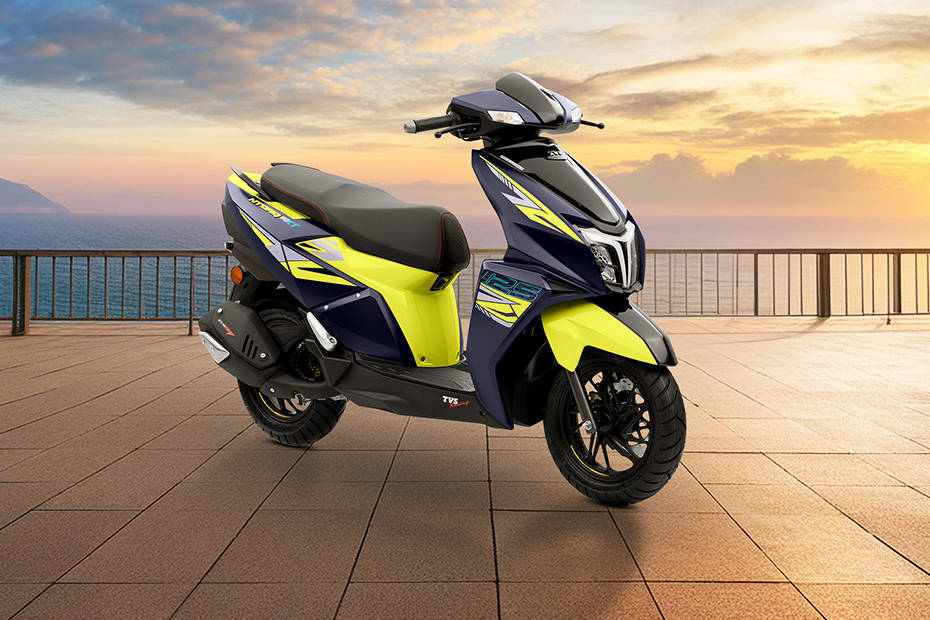



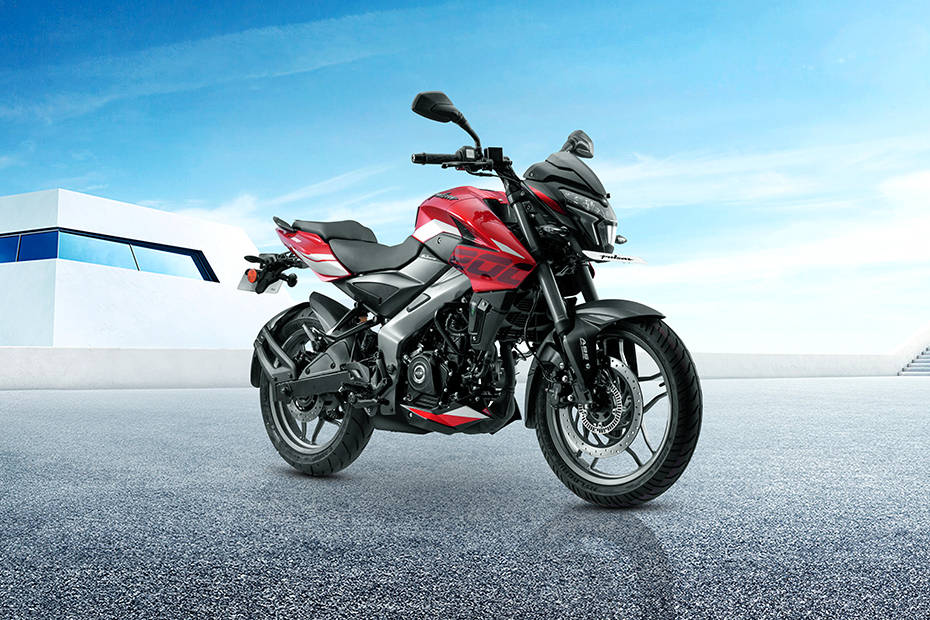

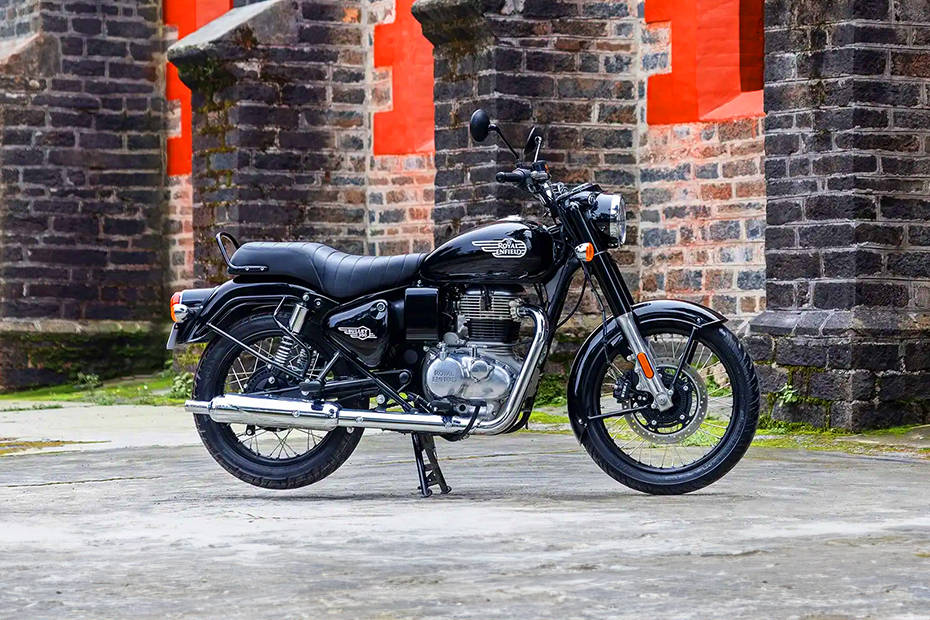














_(1)_1602684146-thumb.jpg)






























